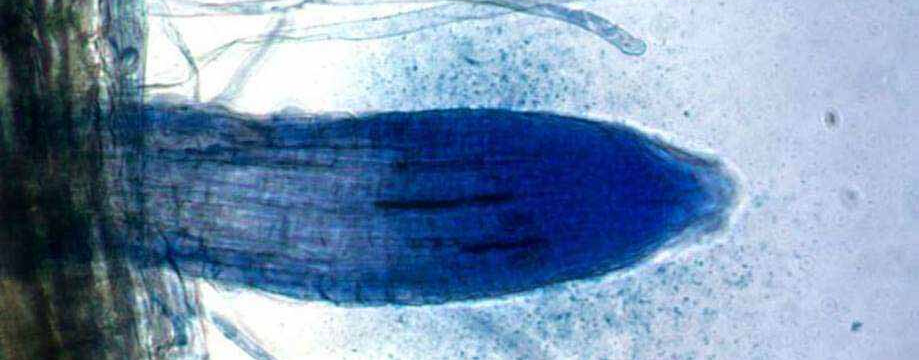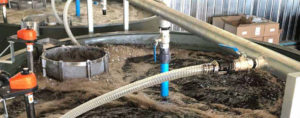Researchers have discovered the mechanisms explaining how plants harness microbes in soil to get nutrients. In a process named the “rhizophagy cycle” (rhizophagy means root-eating), bacteria rotate between a free-living phase in the soil, and a inside plant cell phase in the plant’s root. Microbes obtain nutrients (nitrogen and minerals) in soil, and these nutrients are then extracted from microbes within the cells of plant roots.
“The rhizophagy cycle appears to occur in all plants and may be an important way plants acquire some nutrients”, said James F. White Jr, a professor in the Department of Plant Biology at Rutgers University-New Brunswick, who has been studying the cycle for seven years. “The discovery that plants actively cultivate and then extract nutrients from symbiotic microbes is new.”
“The 50 or so species of plants examined so far show evidence that they engage in rhizophagy. Some of the microbes involved in the rhizophagy cycle increase growth of their particular host plants, but inhibit growth of other species of plants,” White said.
The rhizophagy cycle works like this: Plants cultivate—essentially farm—microbes around root tips by secreting sugars, proteins and vitamins. The microbes grow and then enter the cells at the root tips, where the cells are busy dividing and still lack hardened cell walls. As the microbes enter the root cells, they lose their cell walls, become trapped in the plant cells, and are hit with reactive oxygen (superoxide). The reactive oxygen breaks down some of the microbe cells, effectively extracting nutrients from them. Surviving microbes spur the formation of root hairs on roots. The microbes leave the hairs at the growing hair tip, where the hair cell wall is soft, and microbes reform their cell walls as they re-enter soil. The microbes acquire nutrients in the soil and the process is repeated over and over.
Source:
https://phys.org/news/2018-09-harness-microbes-nutrients.html




